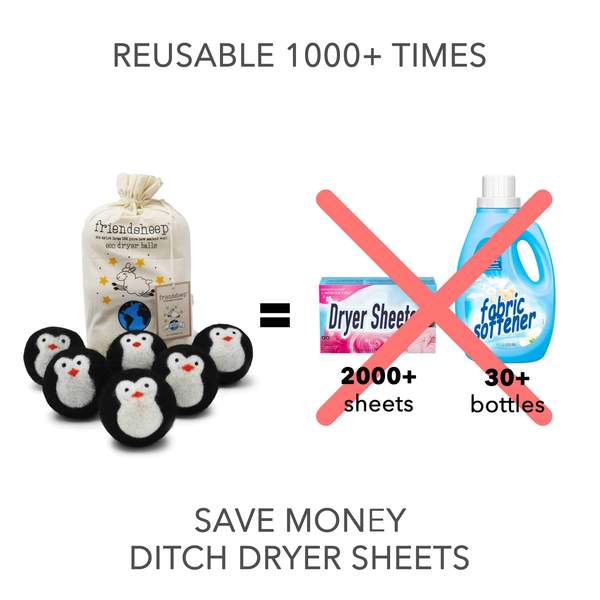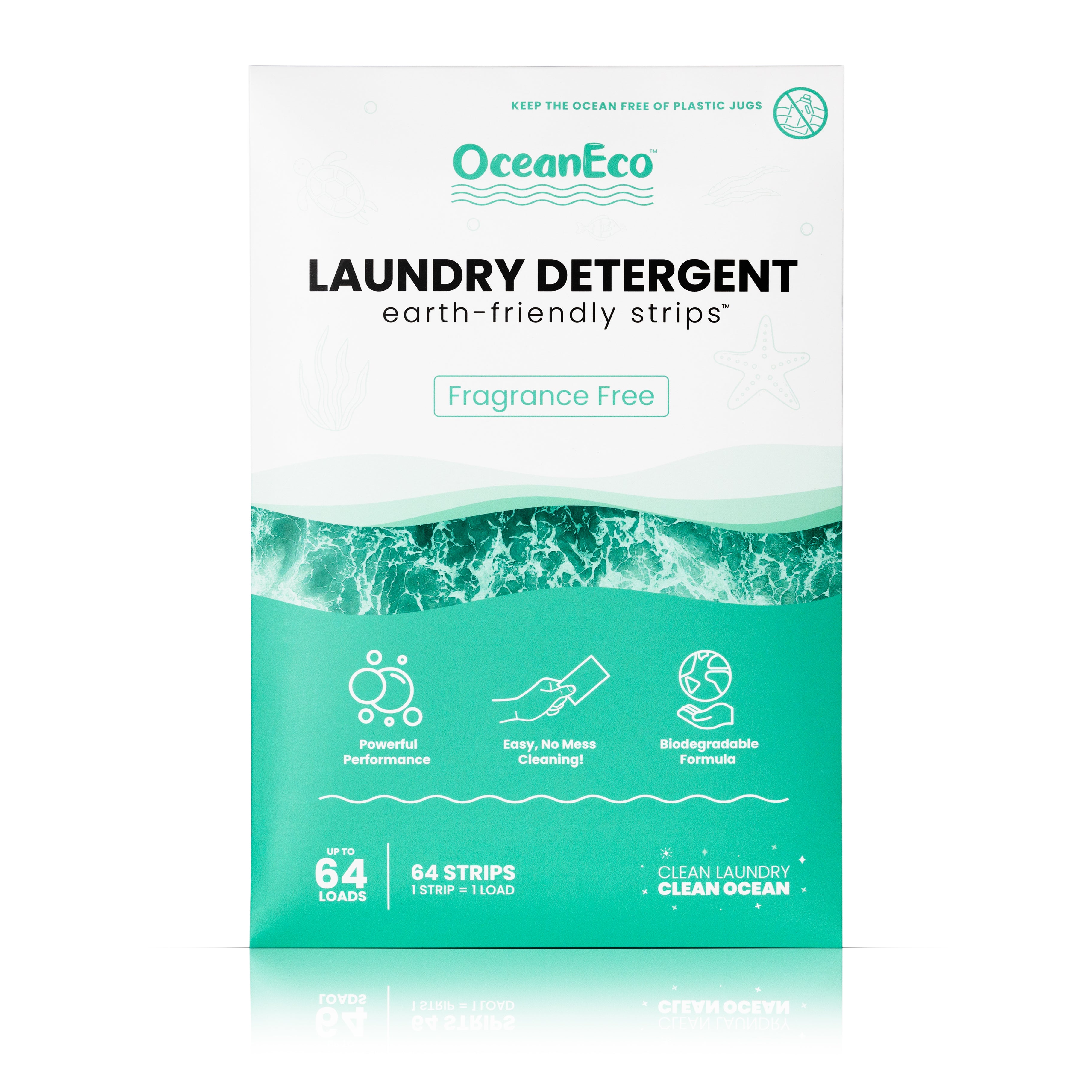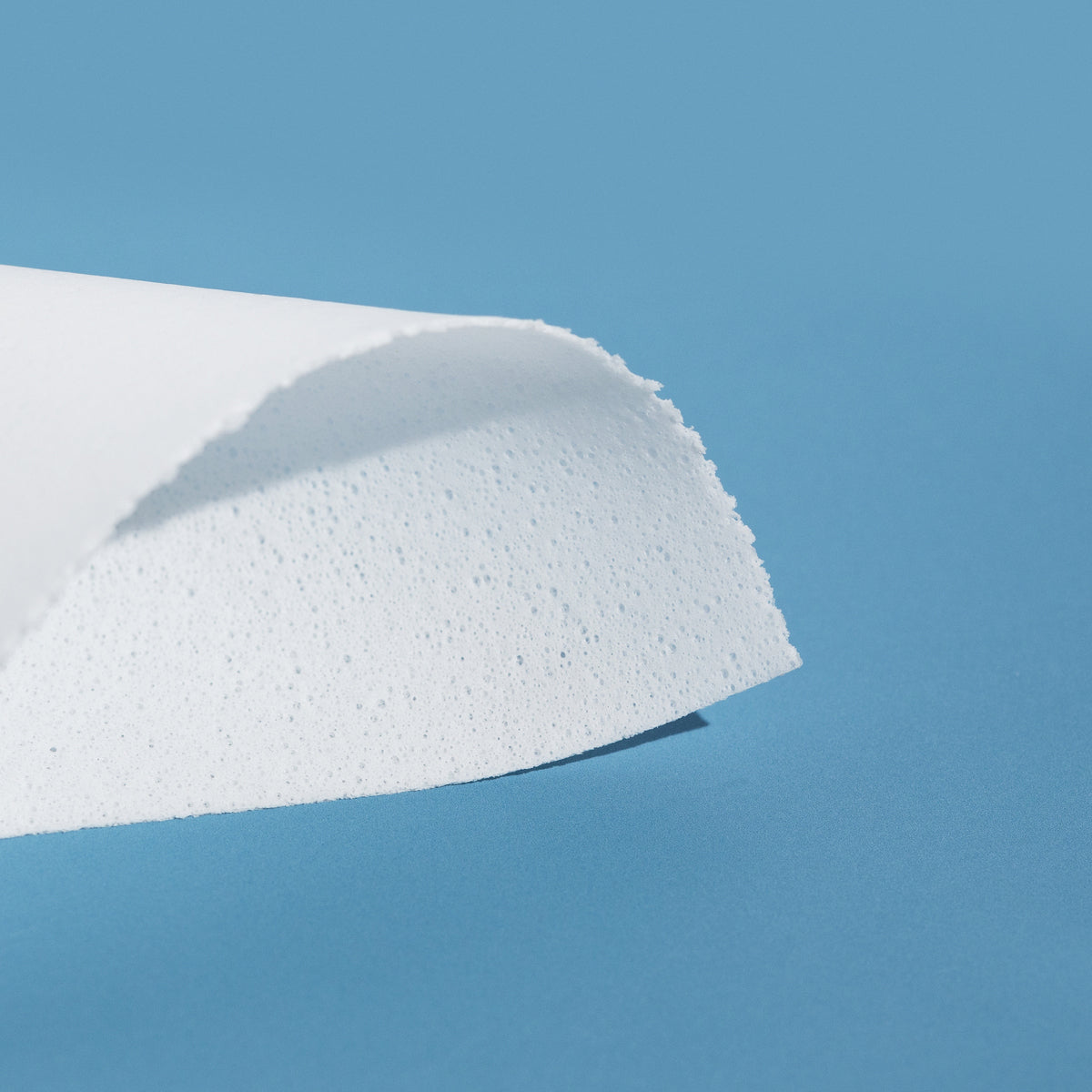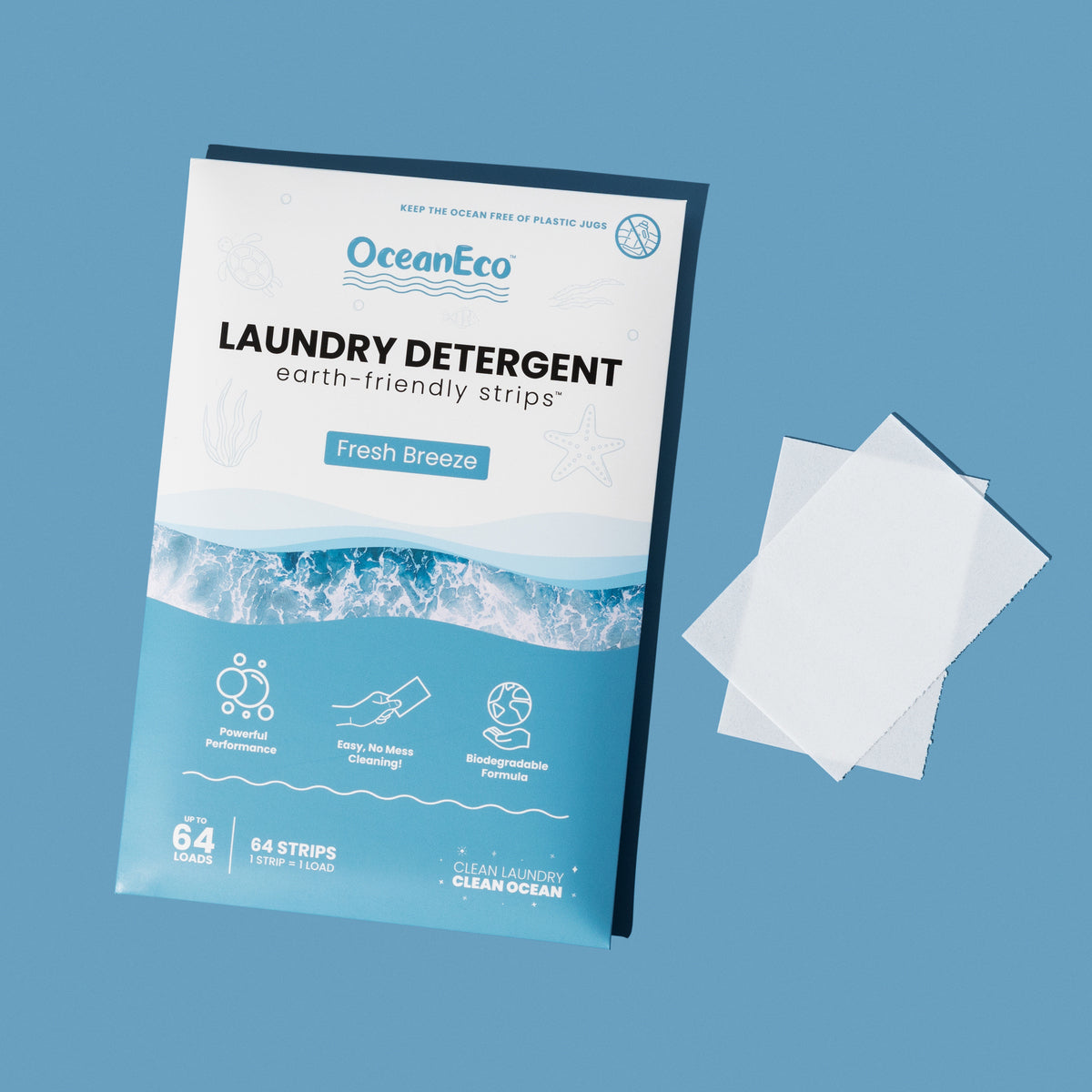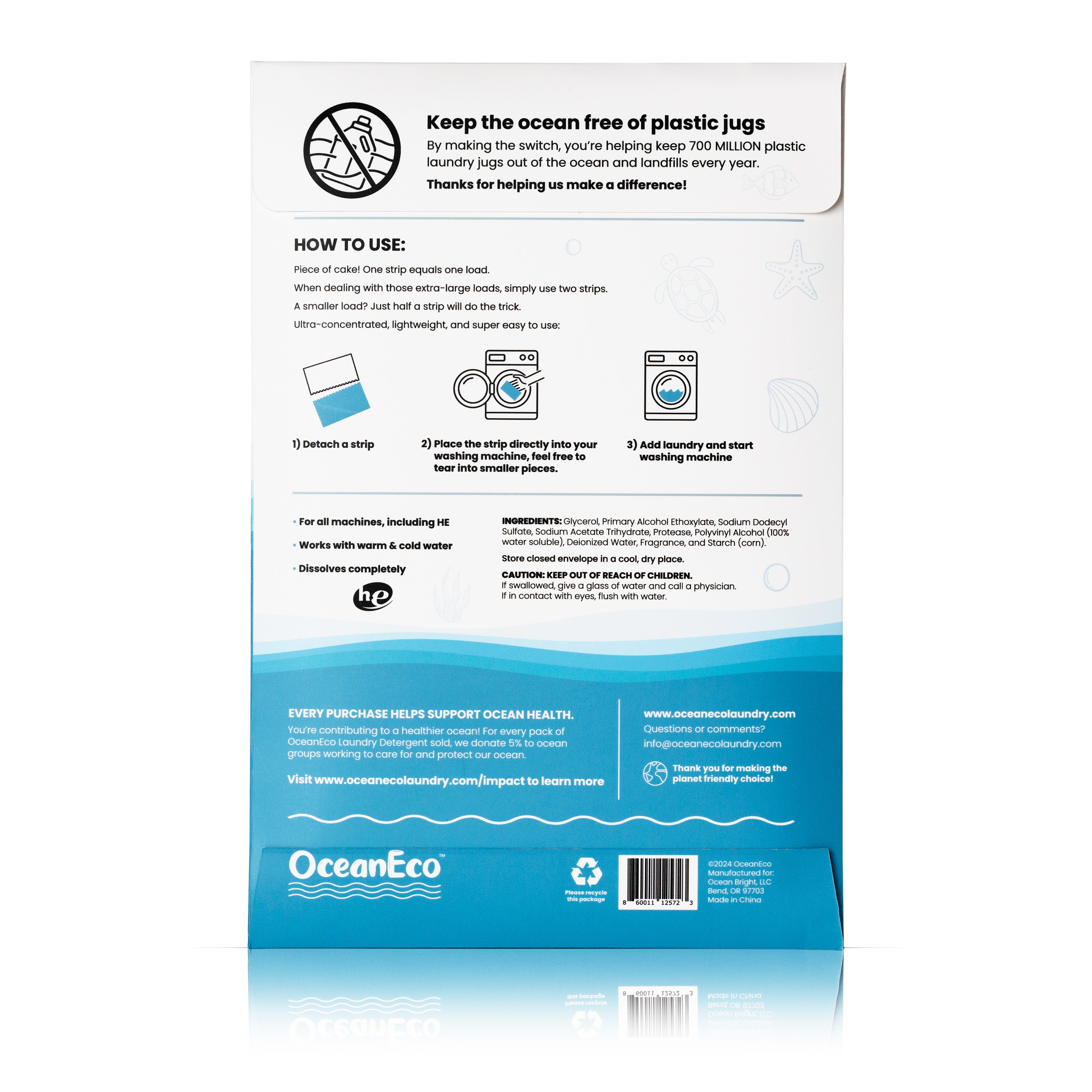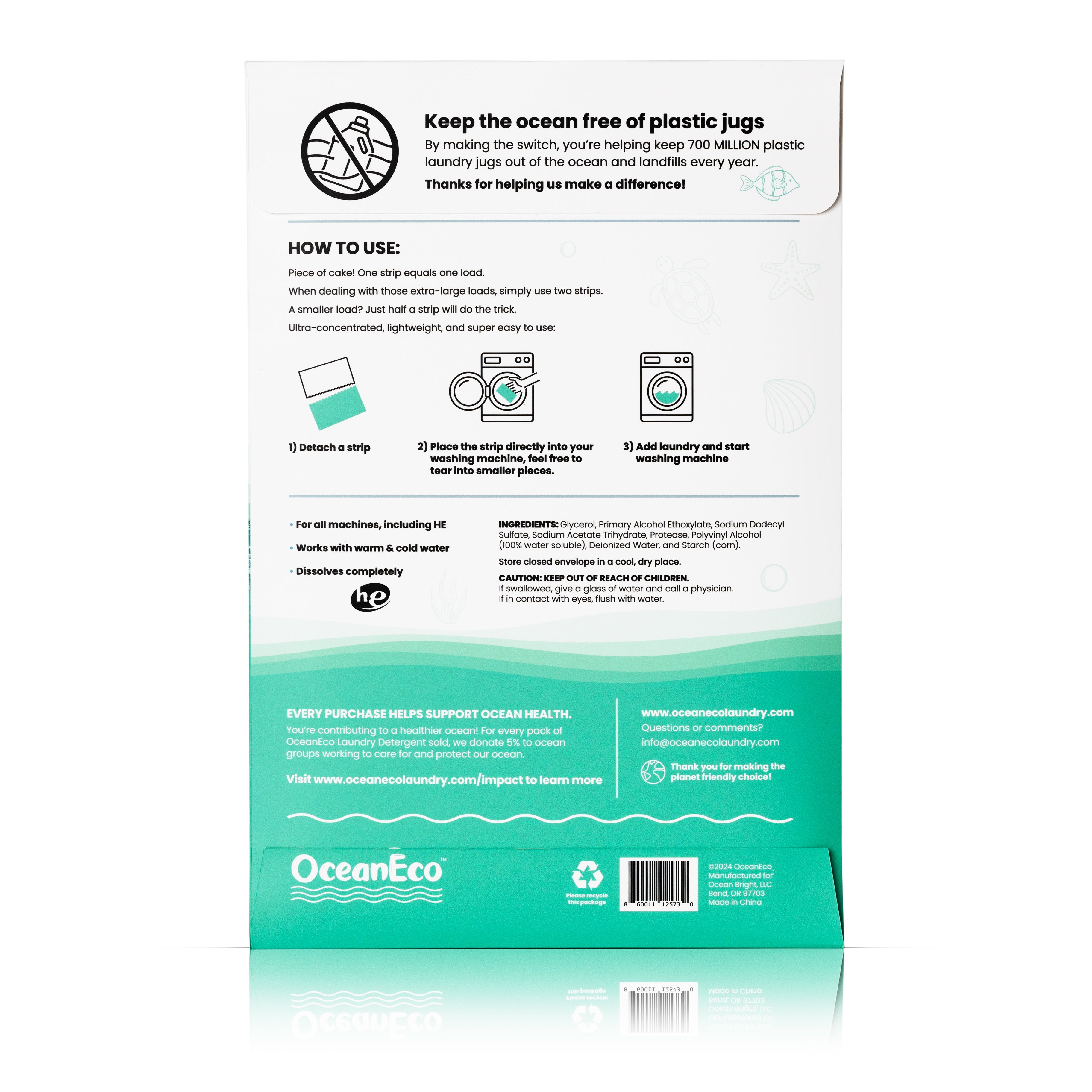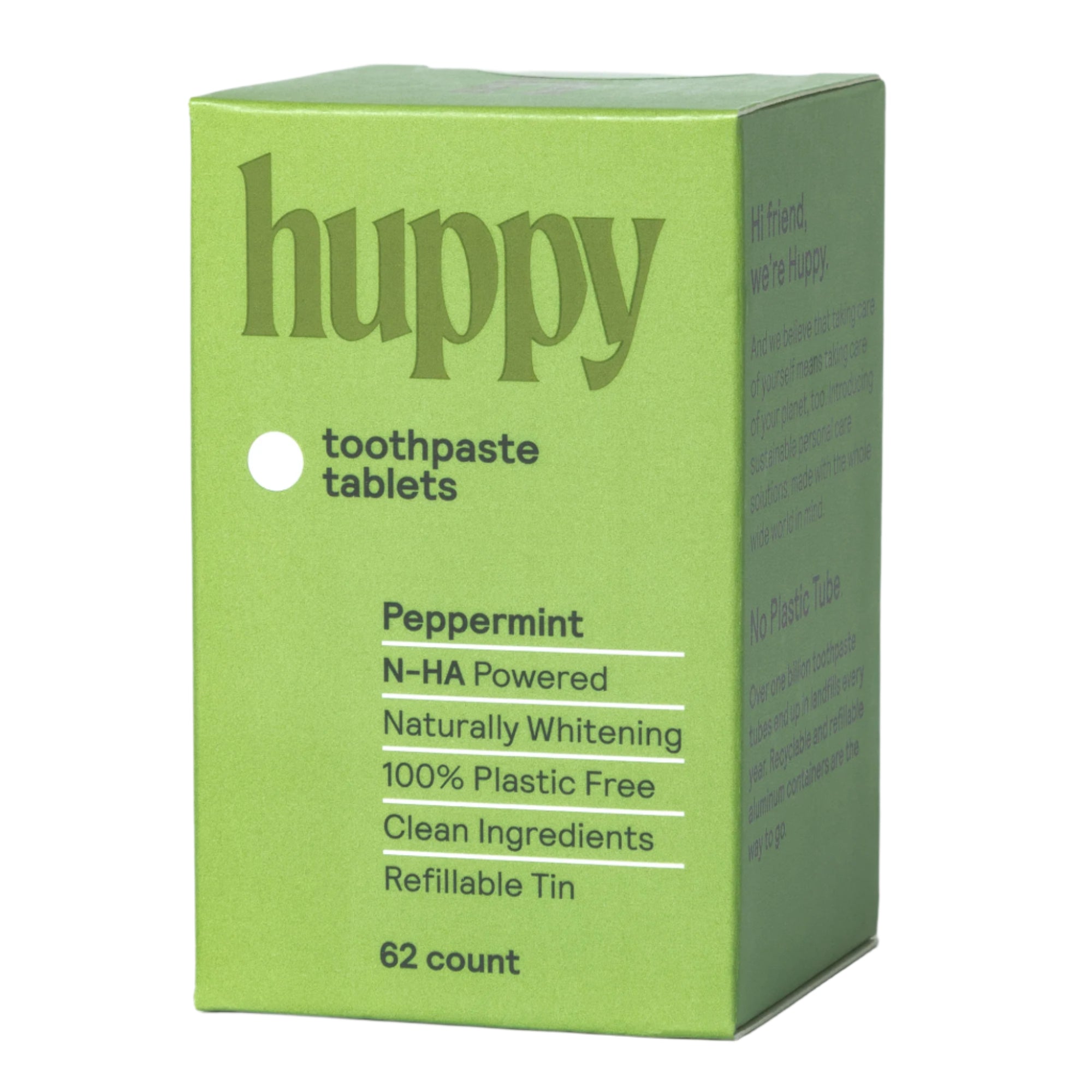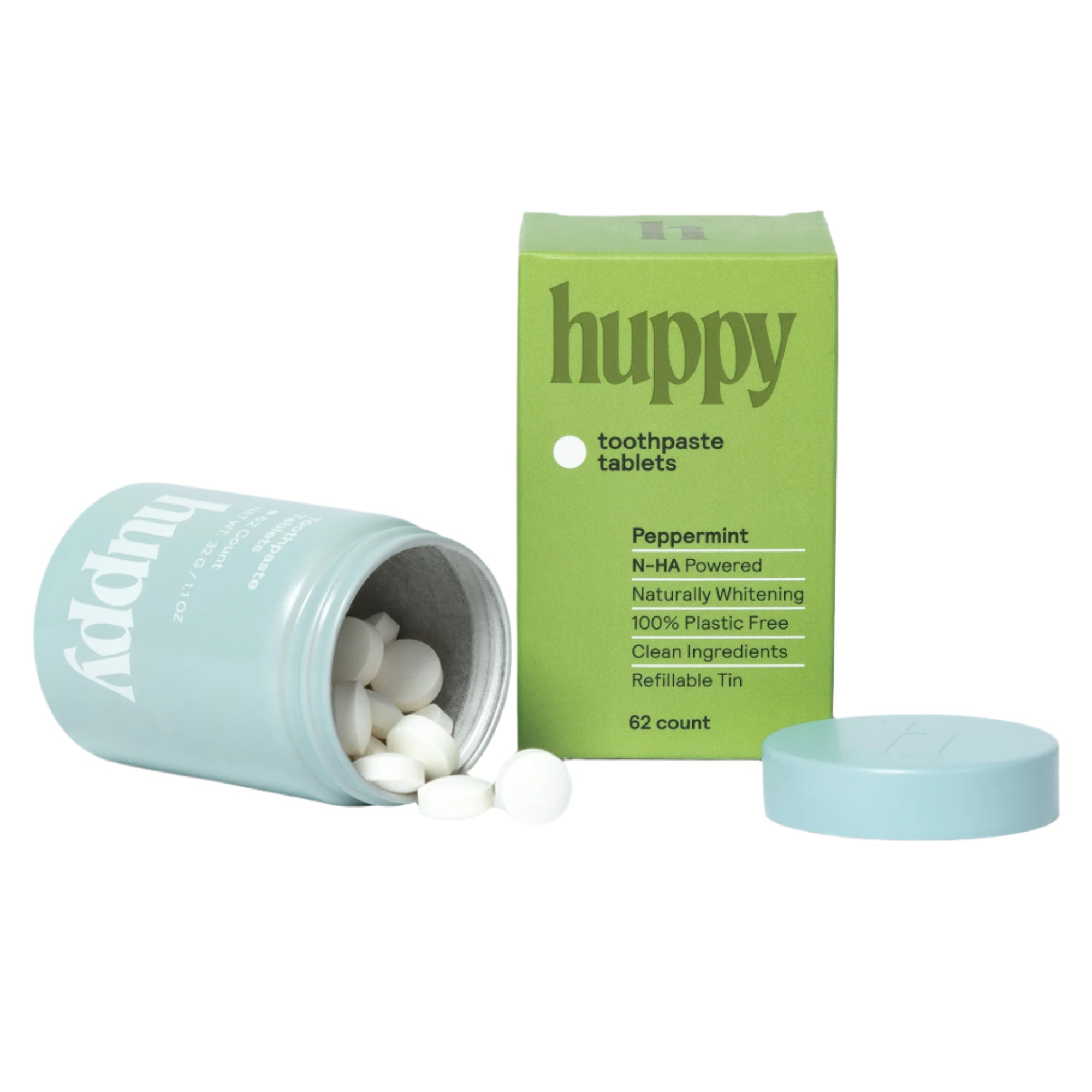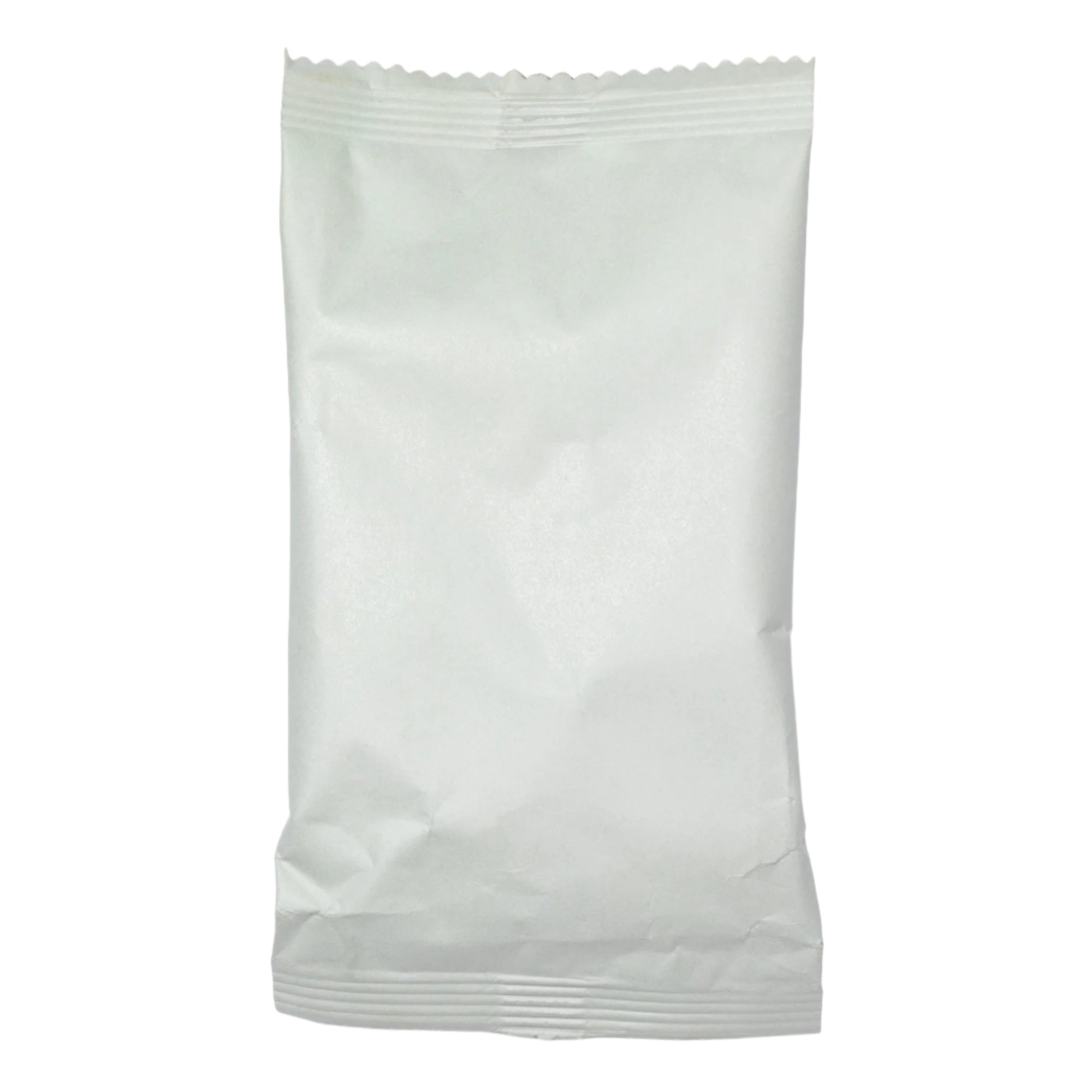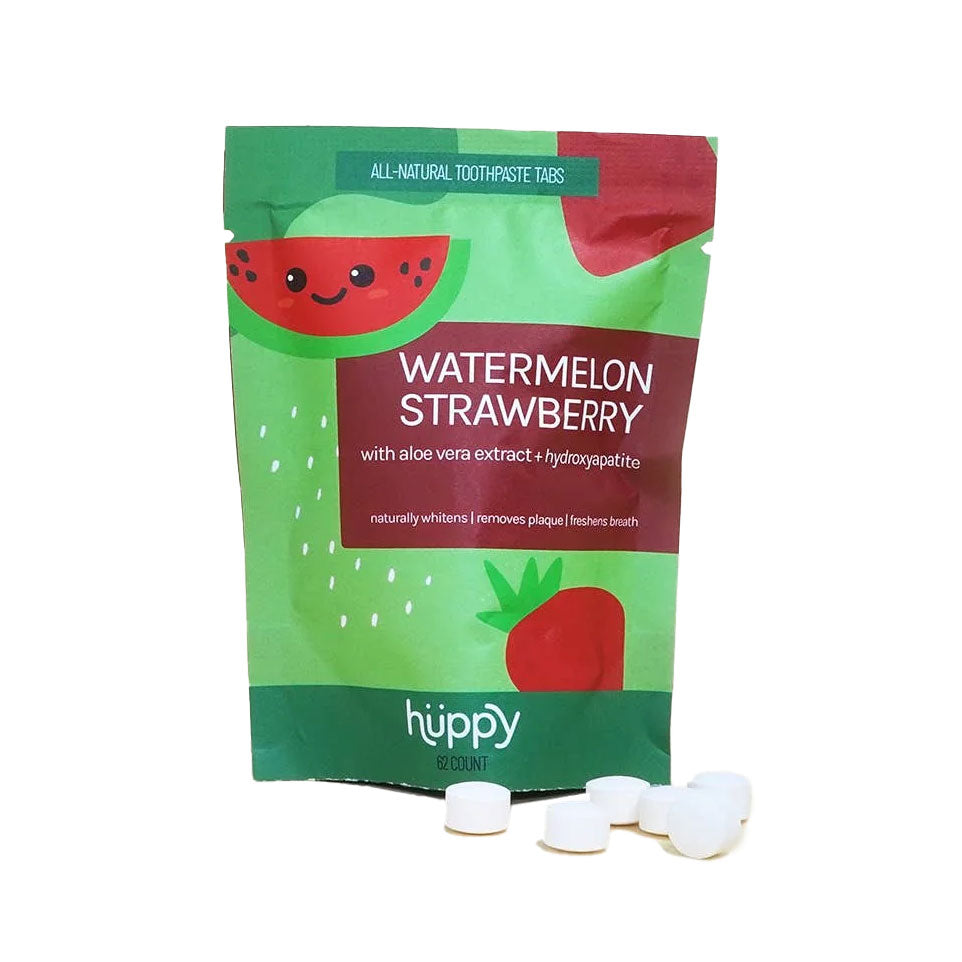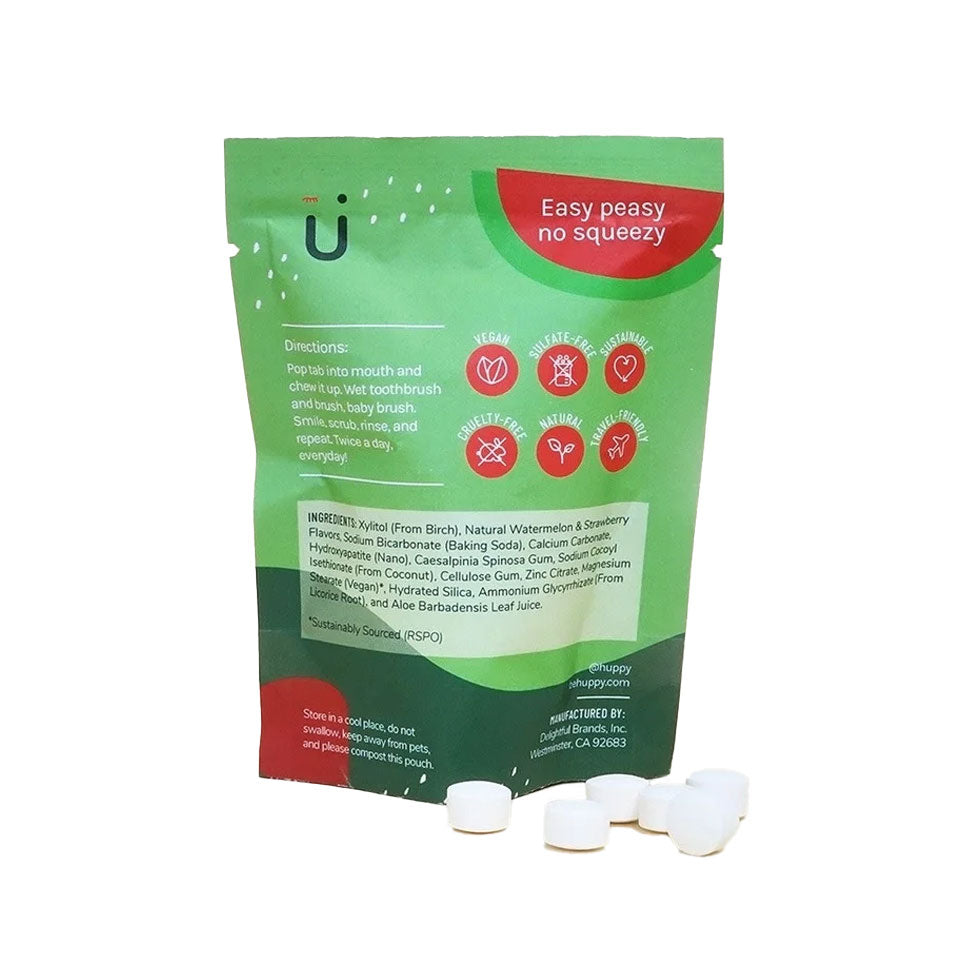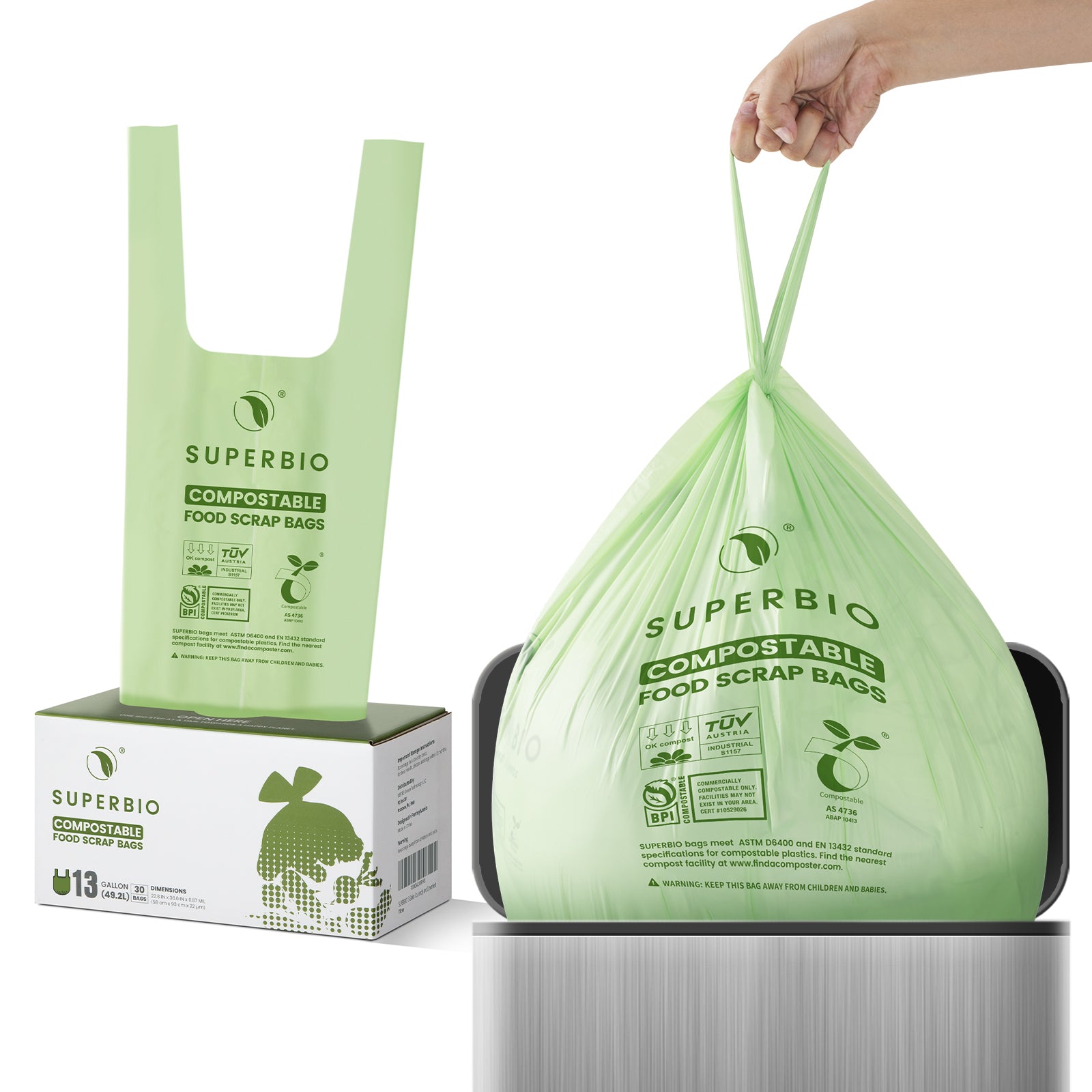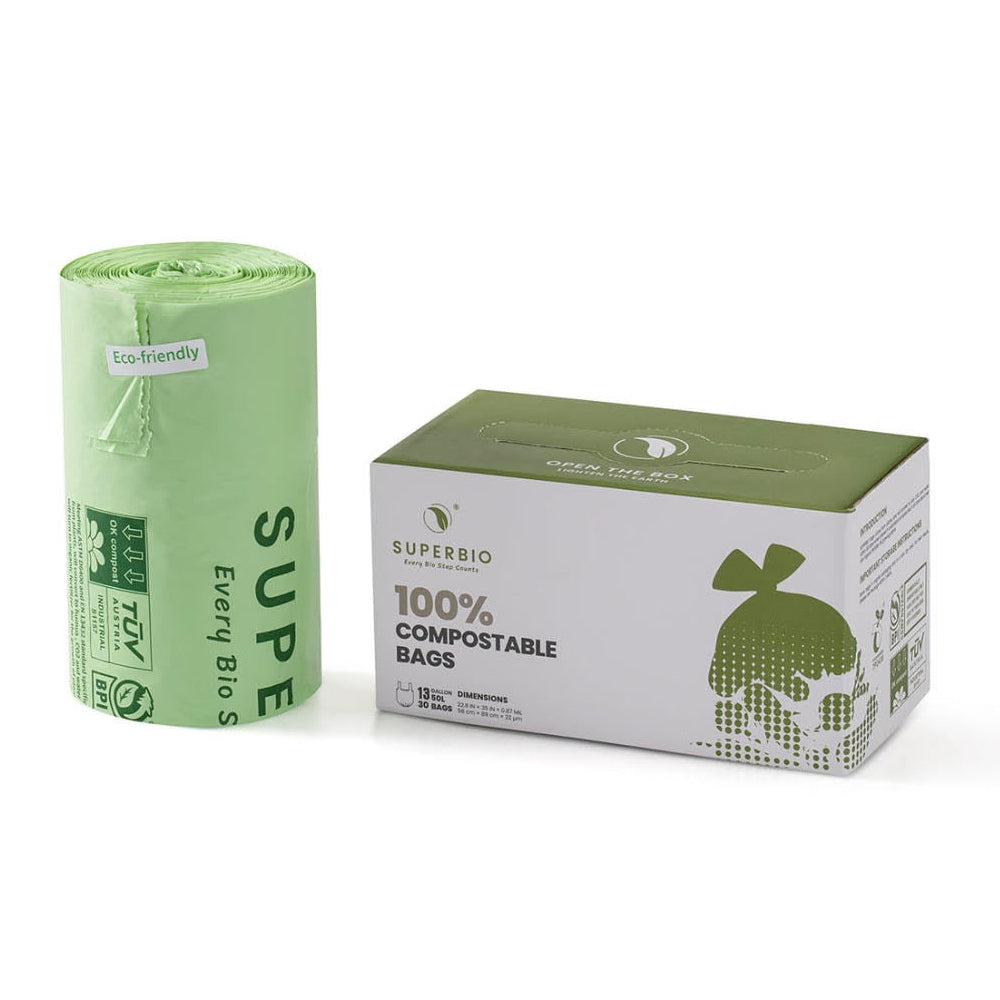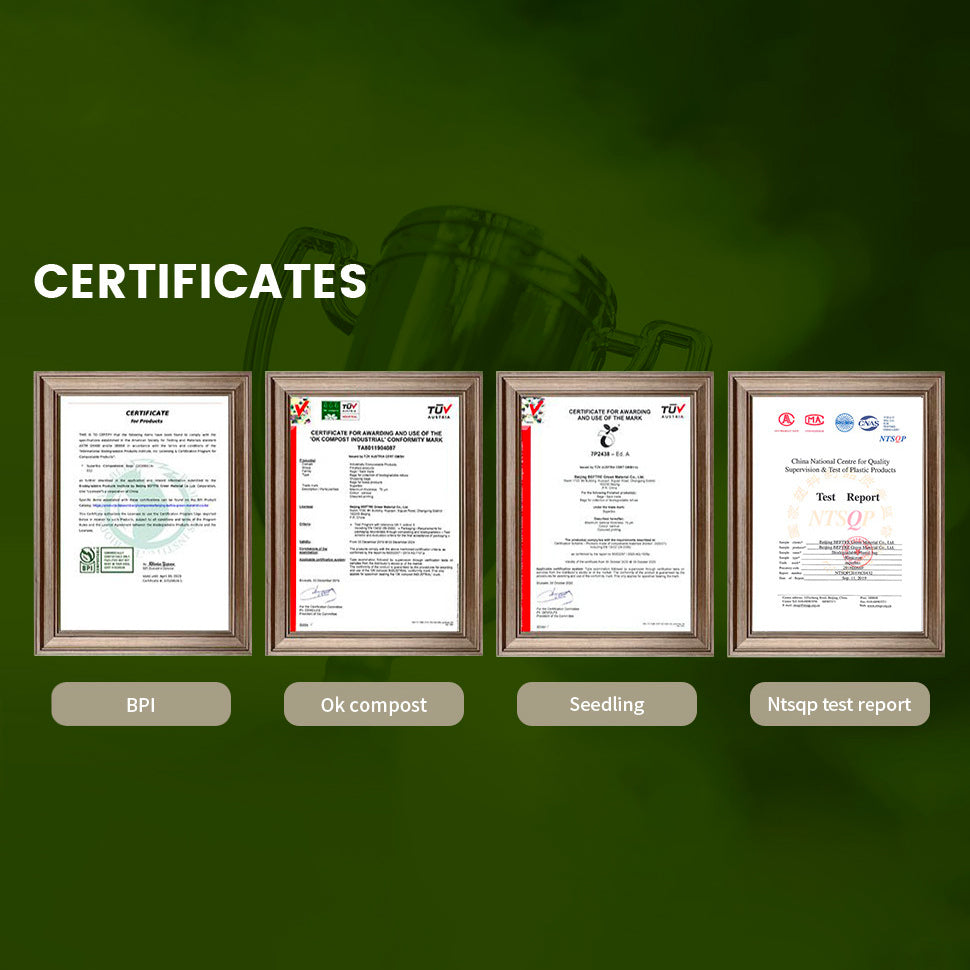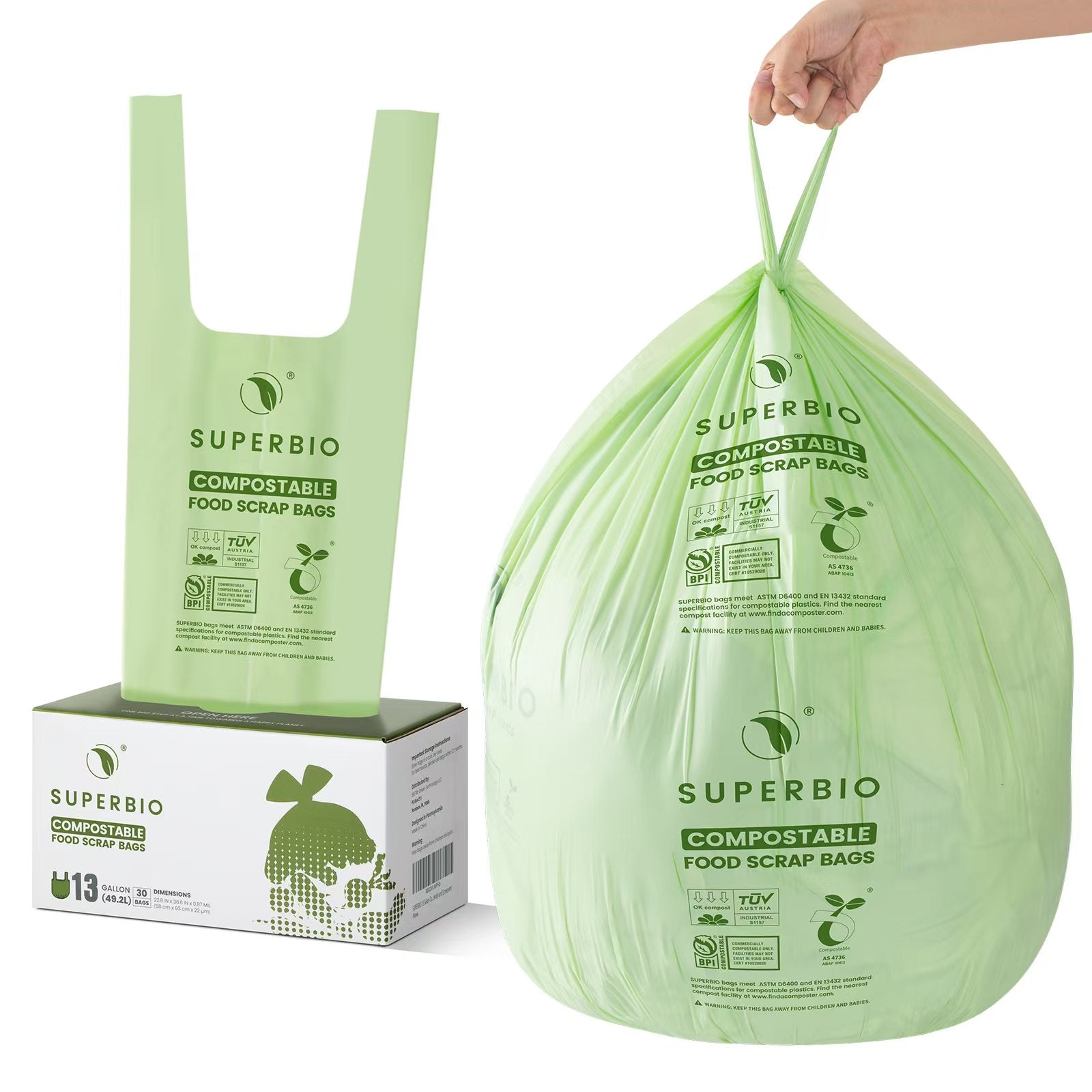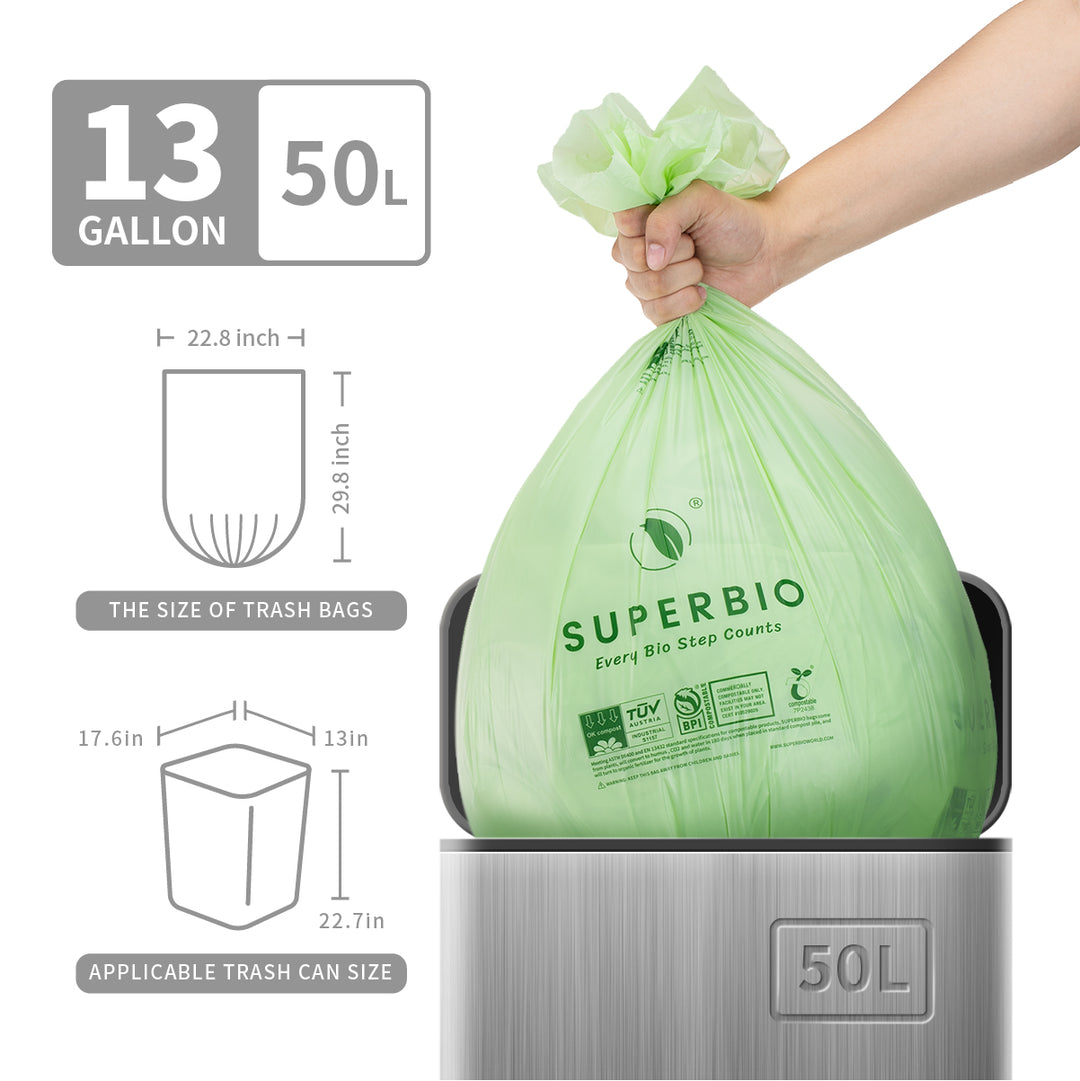Robots Capture Rare Ocean Mixing That Speeds Arctic Ice Loss
In the remote waters of the Greenland Sea, scientists from the University of Galway have captured one of the most elusive processes in ocean science.
Using a robotic instrument called the Air-Sea Interaction Profiler, or ASIP, the team documented a rare mixing phenomenon known as cabbeling. This process occurs when water masses with different temperatures and salinities combine to form a denser mixture that sinks, fueling turbulence and vertical mixing.
Such events influence how heat moves through the Arctic and play a role in melting sea ice, Galway Daily reports.

Cabbeling happens when water masses mix into a denser form.
The Role of Cabbeling in a Warming Climate
Cabbeling is short-lived and nearly impossible to capture with conventional tools. ASIP’s sensors can detect changes on scales of seconds, allowing researchers to measure rapid fluctuations in temperature, salinity, and turbulence.
Kevin McGraw, a PhD researcher leading the study, explained that observing cabbeling helps reveal how small-scale mixing can influence large climate systems. These findings were published in the *Journal of Geophysical Research: Oceans* and highlight how subtle processes can accelerate Arctic ice melt.
As the Arctic warms, meltwater pouring into the Greenland Sea alters density patterns. This can increase the upward transfer of heat stored below the surface, weakening sea ice. The data provide insight into how ocean heat transport could evolve under shifting climate conditions, Irish Tech News notes.

The denser water sinks and creates turbulence.
Technology That Makes It Possible
The ASIP is not just another ocean probe. Standing nearly three meters tall and weighing about 90 kilograms, it operates autonomously, rising repeatedly through the top 100 meters of the ocean. Equipped with microstructure sensors, it records turbulence, salinity, and heat at the fine resolution needed to study fleeting events.
Unlike ship-based instruments, ASIP avoids interference from vessel movement, offering clean, undisturbed measurements of the upper ocean, according to the Journal of Atmospheric and Oceanic Technology.
Professor Audrey Morley of the University of Galway stressed that processes like cabbeling may even influence the Atlantic Meridional Overturning Circulation, a vast system of currents that helps regulate Earth’s climate.
Density gradients drive circulation, and cabbeling at high latitudes could impact that process, she told Irish Tech News.

Research indicates the Atlantic circulation system could be altered.
Implications for the Future
The ability to measure such fine-scale processes has global implications. By refining climate models, researchers can better predict how Arctic change will affect sea levels, ecosystems, and weather far beyond the poles. Professor Brian Ward described the findings to Silicon Republic as evidence of how seemingly minor turbulence can ripple across entire systems.
The Greenland Sea expedition showed that autonomous robots can fill critical gaps in understanding. By illuminating how ice melt and mixing interact, ASIP provides a window into the Arctic’s future—and by extension, the planet’s.




























































































